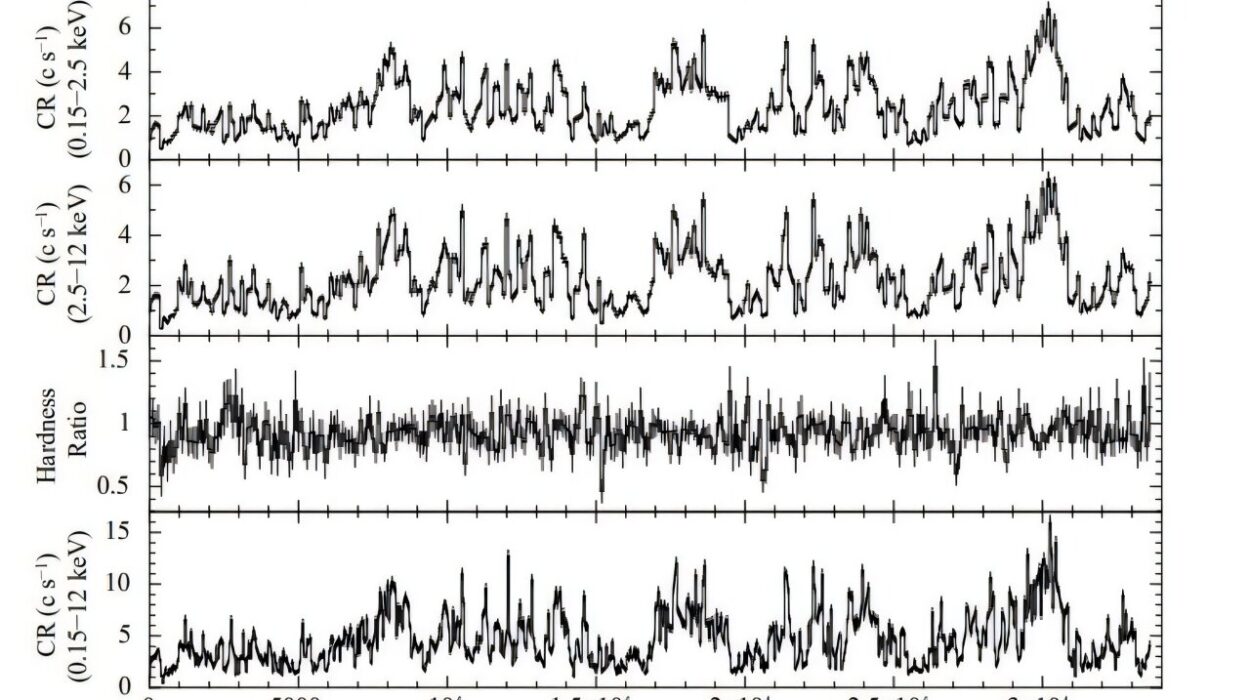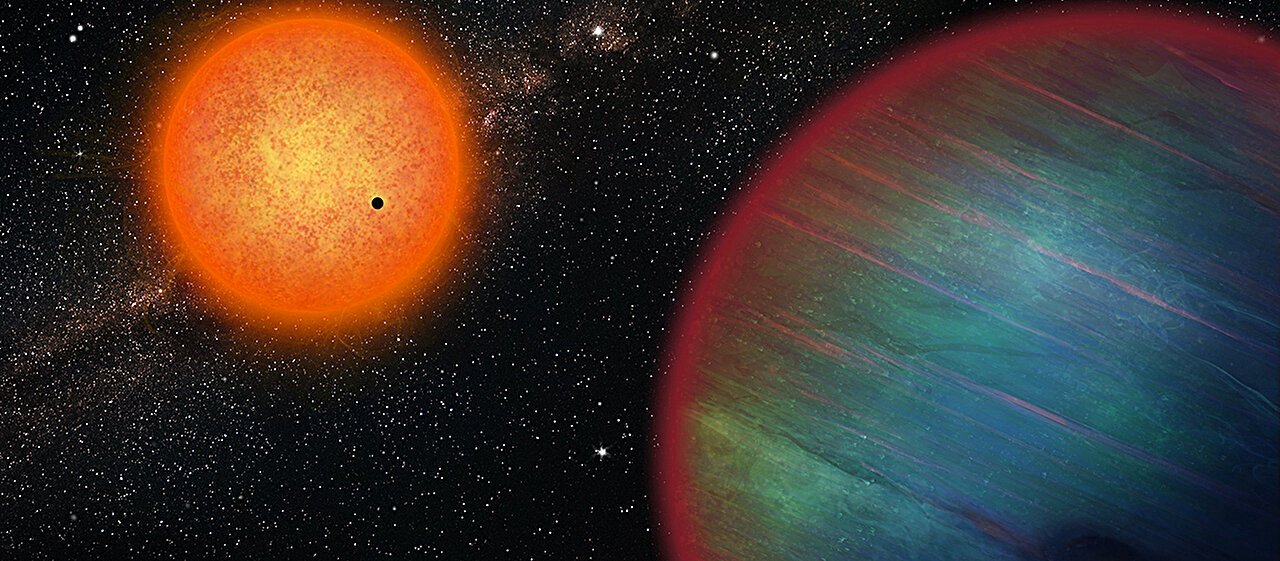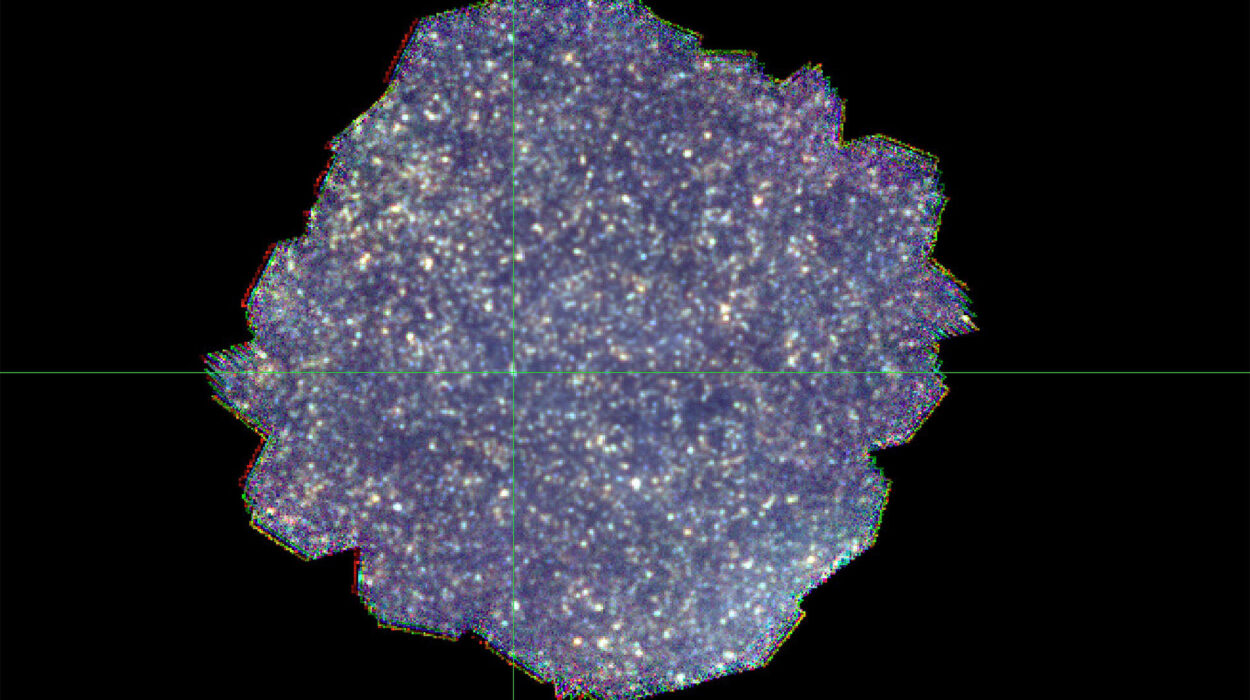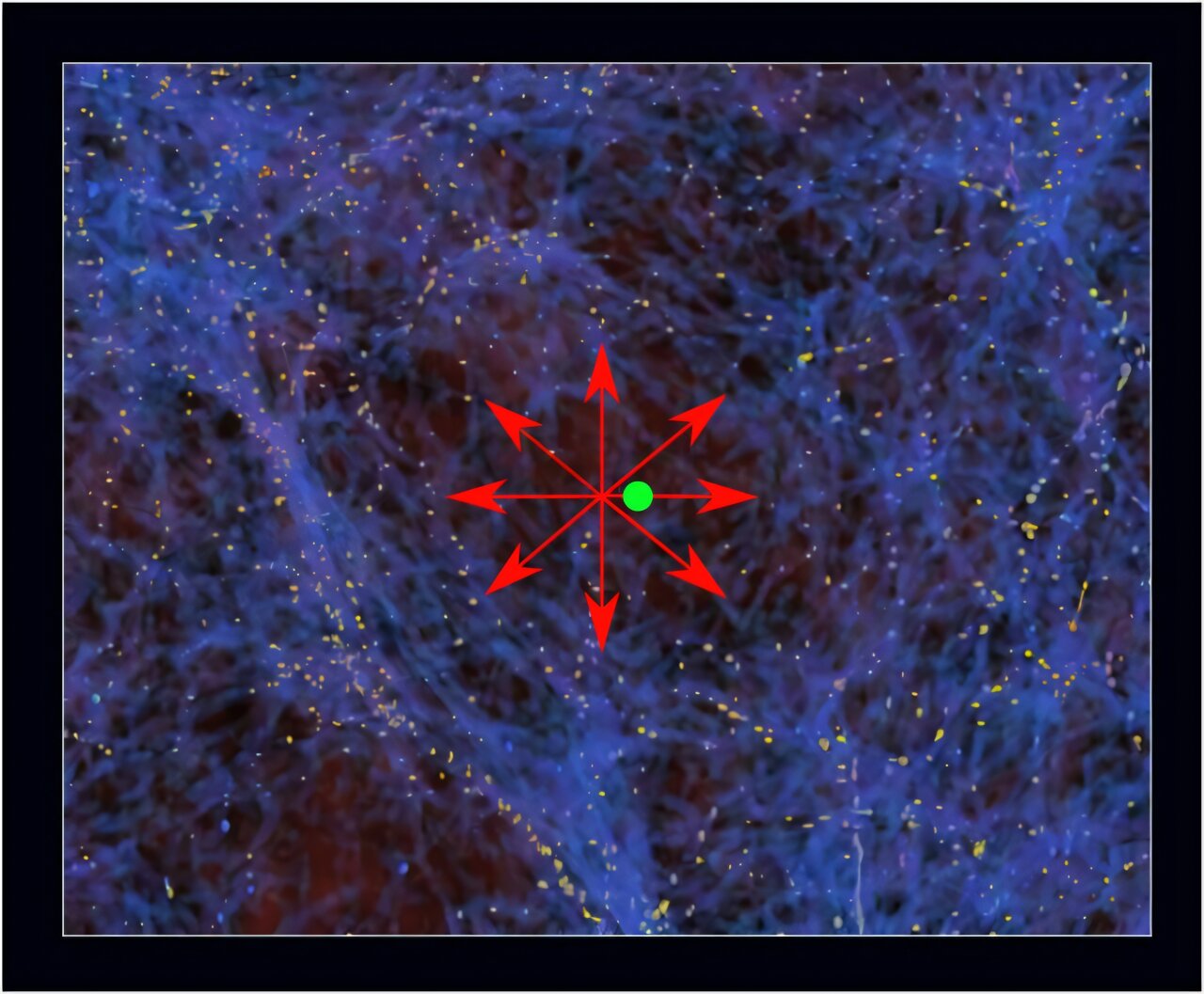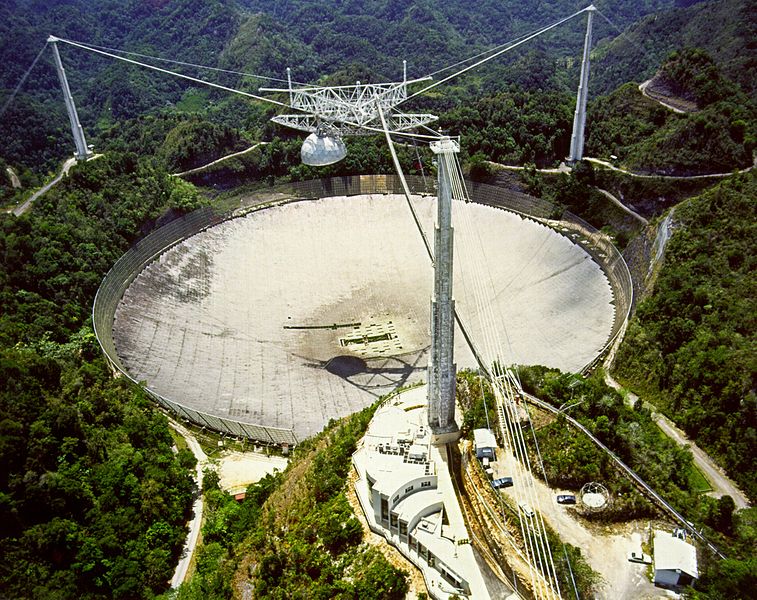For millennia, humans have looked to the skies, captivated by distant worlds and the sparkling dust that drifts between them. Among the most enigmatic travelers of the cosmos are asteroids—ancient, rocky remnants from the birth of our solar system. These celestial relics, varying from modest boulders to mountainous behemoths, carry within them the untold history of the early solar system. Unlocking their secrets promises not just scientific discovery but a glimpse into our own origins.
NASA’s OSIRIS-REx mission has brought humanity closer to this cosmic story than ever before. For the first time, a spacecraft traveled millions of kilometers, sampled an asteroid, and returned fragments to Earth. The asteroid Bennu, a carbonaceous “rubble pile” that has drifted through space for billions of years, has become the newest time capsule, preserving the conditions of a solar system long before Earth and its planets took shape.
The OSIRIS-REx Mission: Origins, Exploration, and Return
OSIRIS-REx, short for Origins, Spectral Interpretation, Resource Identification, and Security–Regolith Explorer, embodies the mission’s ambition to explore, analyze, and preserve samples from Bennu. This mission represents the culmination of more than a decade of meticulous planning, carried out by hundreds of scientists and engineers worldwide. Its goals extended far beyond simply collecting material—they sought to understand the building blocks of planets, the evolution of asteroids, and the processes that shaped our early solar system.
For scientists like Michelle Thompson, associate professor of Earth, atmospheric, and planetary sciences at Purdue University, Bennu offered an unparalleled opportunity. Thompson, an expert in space weathering—the subtle interaction between rocky surfaces and the harsh environment of space—has spent years contemplating how celestial surfaces evolve under cosmic radiation, micrometeoroid impacts, and solar wind exposure. With Bennu, she and her colleagues could study the most pristine samples of asteroid material ever brought to Earth, providing a rare window into the chemical and physical history of the solar system.
Colors of the Cosmos: The Puzzle of Spectral Variation
One of the most intriguing revelations from Bennu lies not in its size or shape but in its color—or more precisely, how it reflects light. Telescopic observations of asteroids often reveal spectral properties, a measure of how light at different wavelengths bounces off their surfaces. These spectral “fingerprints” can appear red, blue, or gray, hinting at surface composition, weathering processes, and exposure age.
Bennu and its distant cousin, the asteroid Ryugu, both carbon-rich rubble piles formed in the infancy of the solar system, challenged scientists with their puzzling spectral differences. Despite their similar compositions, Ryugu appears faintly red while Bennu appears blue. This divergence prompted a deeper investigation into the effects of space weathering and surface renewal cycles.
Through meticulous analysis of Bennu samples, Thompson and her colleagues discovered that the difference in spectral color was not due to intrinsic material differences but rather the surface age of the particles. Ryugu’s grains had been exposed for a few thousand years, whereas Bennu’s grains had braved tens of thousands of years in the void of space. This finding illuminated how asteroids undergo surface refresh cycles, periodically revealing fresher material and altering their spectral properties. By “ground-truthing” telescopic data with actual sample analysis, scientists can now better predict the characteristics of countless other asteroids without leaving Earth—a critical tool for future exploration, resource identification, and planetary defense.
Time Capsules of the Early Solar System
Asteroids are more than rocks; they are archives of cosmic history. The materials contained within Bennu have been largely untouched since the solar system’s formation, preserving chemical signatures that terrestrial processes would have long erased. Early this year, a multinational team of scientists reported the discovery of salts, including phosphates, within Bennu’s samples. These compounds are crucial to life on Earth, forming part of the biochemical machinery that drives metabolism and stores genetic information. Evidence of ancient brine within Bennu hints at environments where the precursor compounds for life could have formed, offering tantalizing clues about the chemical origins of life on Earth.
“By examining these organic molecules,” Thompson explains, “we can understand what kinds of materials could have seeded early Earth. We may not find life itself, but we uncover the building blocks that ultimately made life possible.”
These pristine materials, preserved across billions of years, offer an unparalleled opportunity to reconstruct the solar system’s infancy. Unlike Earth, where geological and biological processes have recycled and transformed materials countless times, Bennu’s regolith provides a near-pristine record of early chemical evolution, giving scientists a direct view of what the solar system looked like before planets coalesced.
A Global Collaborative Endeavor
The OSIRIS-REx mission underscores the collaborative nature of modern science. Teams across continents have worked tirelessly to collect, curate, and study Bennu’s samples. By comparing these results with Japan’s Hayabusa and Hayabusa2 missions, which returned material from the asteroids Itokawa and Ryugu, scientists can discern patterns of asteroid evolution, space weathering, and chemical diversity across different celestial bodies.
This international collaboration not only expands our understanding of asteroids but also builds a foundation for future missions. By correlating telescopic observations with sample analysis, scientists can more accurately select targets for exploration or resource utilization, and astronauts in the future could navigate these bodies with unprecedented confidence.
Implications for Science and Exploration
The Bennu samples hold implications that extend far beyond planetary science. Understanding asteroid composition informs planetary defense strategies, as well as the potential for mining resources such as water, metals, and organics. Bennu’s material diversity, shaped by interactions with water and cosmic forces, demonstrates how small bodies in space are dynamic entities, not static relics.
Moreover, the mission provides a blueprint for interpreting remote sensing data throughout the solar system. With over 1.45 million known asteroids, direct sample return missions for each are unfeasible. By validating telescopic measurements against actual samples, scientists can extend their insights to countless other celestial bodies, including moons and dwarf planets lacking atmospheres. In effect, OSIRIS-REx allows humanity to study the universe at scale, from the safety of our laboratories on Earth.
The Emotional Significance of Sample Return
Beyond the scientific impact, sample return missions carry a profound emotional weight. To hold a fragment of an asteroid that has traveled billions of kilometers, surviving the harsh void of space, is to touch a piece of cosmic history. It is to connect with a time long before Earth’s oceans formed, long before life took root, and long before human civilization dreamed of the stars.
Thompson captures this sentiment: “Asteroids are relics of the early solar system. They’re like time capsules. Through them, we can examine the origin of our solar system and open a window to the origin of life on Earth.” Each grain of Bennu’s regolith carries not just minerals and organics but the story of cosmic evolution, patiently waiting to be deciphered.
Looking Ahead: The Future of Asteroid Exploration
OSIRIS-REx is humanity’s third asteroid sample return mission, following Hayabusa and Hayabusa2. Yet each mission opens new doors. With Bennu, scientists have learned that surface processes, exposure ages, and spectral characteristics form a dynamic interplay that challenges simple assumptions. Future exploration will rely on these insights to navigate, analyze, and utilize asteroids for science, industry, and planetary defense.
As we move deeper into the solar system, the knowledge gained from Bennu and its siblings will shape our approach to new frontiers. Sample return missions allow us to combine imagination with rigor, telescopic observations with tangible analysis, and curiosity with precision. They remind us that the universe is not just to be observed—it is to be touched, understood, and respected.
A Cosmic Perspective
Ultimately, Bennu teaches us that the universe is both ancient and alive, filled with objects that bear witness to processes spanning billions of years. By studying asteroids, we are not merely cataloging rocks; we are tracing the narrative of creation itself. We see the building blocks of planets, the chemistry of life, and the cycles of matter that continue to shape our cosmic neighborhood.
The journey of OSIRIS-REx, from Earth to Bennu and back again, symbolizes humanity’s enduring quest for knowledge. It reminds us that exploration is not merely physical—it is intellectual and emotional. In every particle returned, we find a story of resilience, history, and cosmic wonder. And in that story, we recognize ourselves: creatures of curiosity, reaching always toward the stars, eager to understand the universe and our place within it.
More information: Michelle S. Thompson et al, Sulfide minerals bear witness to impacts across the solar system, Nature Communications (2025). DOI: 10.1038/s41467-025-61201-6

